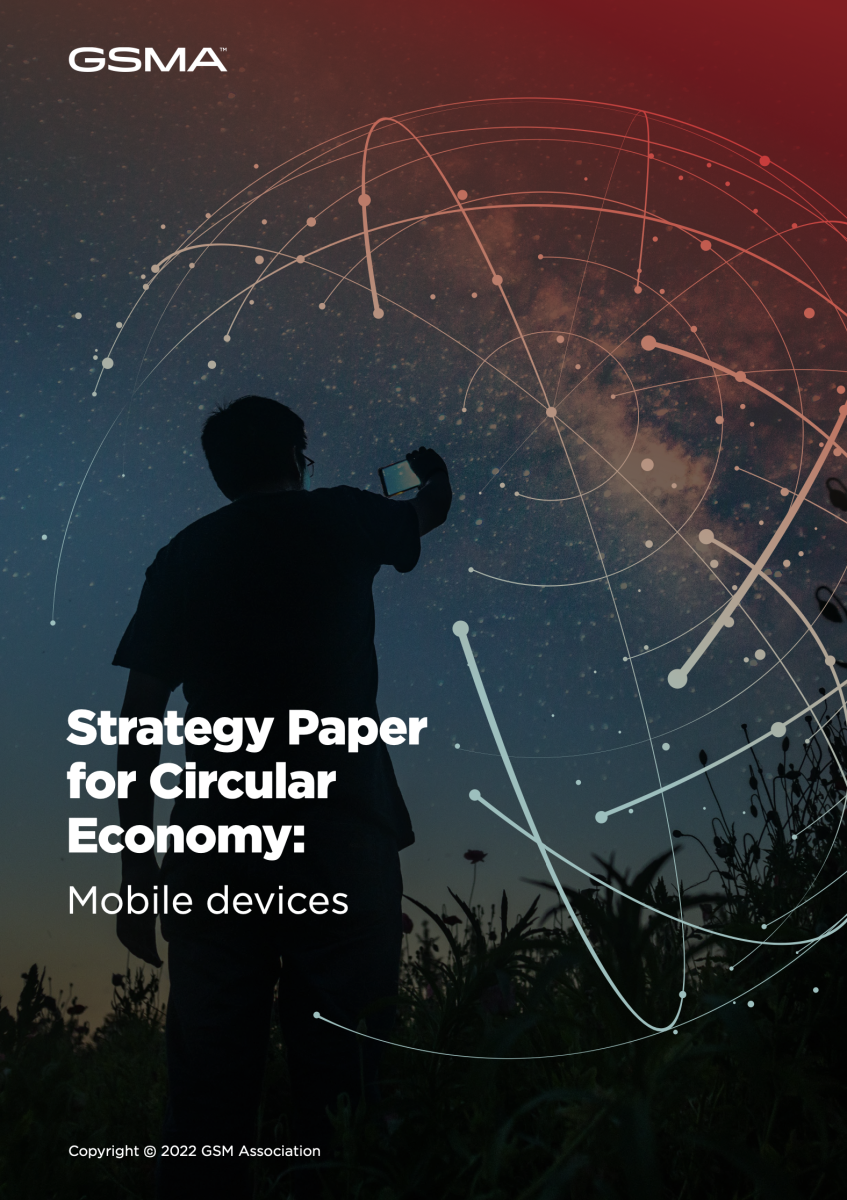Chapter 6
Chapter 6
Climate Topic Deep Dives
Explore research and thought leadership on key climate topics
This knowledge hub provides deep dives into areas of transformation within the mobile industry that are helping both the mobile sector and other sectors achieve carbon reductions. This ranges from network energy efficiency so less energy to used to move more bytes, to clean power leading the way in the energy transition, and the challenge of moving from a linear economy to a circular model.
Increasing Energy Efficiency
With more data being transferred across mobile networks, there is upward pressure on energy use. This is challenging for network energy efficiency and carbon reduction targets.
Operators can tackle this challenge by considering energy efficiency at all levels of the network from network design to site efficiency as well as that of equipment and components.
Transition to Renewable Energy
Electricity used to power mobile networks is often sourced from fossil fuels. Switching to renewable electricity, whether onsite or through the grid, is one of the fastest ways for mobile network operators to decarbonise.
This section provided technical advice to enable operators to decide which type of renewable electricity to source, as well as case studies from operators who have already successfully switched.
Engaging with the Supply Chain
In evaluating the whole value chain of the mobile sector, a significant proportion of carbon emissions result from the manufacture of network equipment and mobile devices.
Operators are increasingly engaging with suppliers to help them disclose their climate impacts and set reduction targets. The industry as a whole is also moving towards more circularity around repair and recycling of equipment to tackle the problem of e-waste.
Strategy Paper for Circular Economy: Mobile Devices
Sustainability challenges can only be addressed at a systemic level, and improving the sustainability of mobile phones is key to reducing the environmental impacts of the mobile industry.
The GSMA carried out research to understand the current sustainability of mobile phones, investigated how the industry is already considering these issues, and proposed a vision for a truly sustainable mobile device.
Find out how key concepts such as boosting device longevity and moving to zero waste can be put into action, and what framework could be used across the industry to move towards a more circular economy.
Find out how key concepts such as boosting device longevity and moving to zero waste can be put into action, and what framework could be used across the industry to move towards a more circular economy.
Strategy Paper for Circular Economy: Network Equipment
More than ever, the planet and its people need to reduce resource use and move to more sustainable business models. This also applies to the telecommunications industry and its network equipment.
This strategy paper analyses how the network equipment used within the telecommunications ecosystem can evolve towards a circular business model. This involves cooperation with stakeholders throughout the value chain, beginning with changing perceptions of what is ‘waste’.
The aim of the shift towards greater circularity is to reduce environmental impacts while realising social and economic benefits at the same time.
The aim of the shift towards greater circularity is to reduce environmental impacts while realising social and economic benefits at the same time.
Digital Transformation Decreasing Carbon Emissions
All sectors of the economy are experiencing a shift online. This expansion of smart technologies and the use of smartphones can greatly support our climate efforts if harnessed in the right way.
Smart technologies have the power to create huge efficiencies, and smartphones mean we can live, work, learn, shop, play and receive medical care as never before. Our research and case studies show what is already happening and how mobile operators are exploring new business opportunities.

